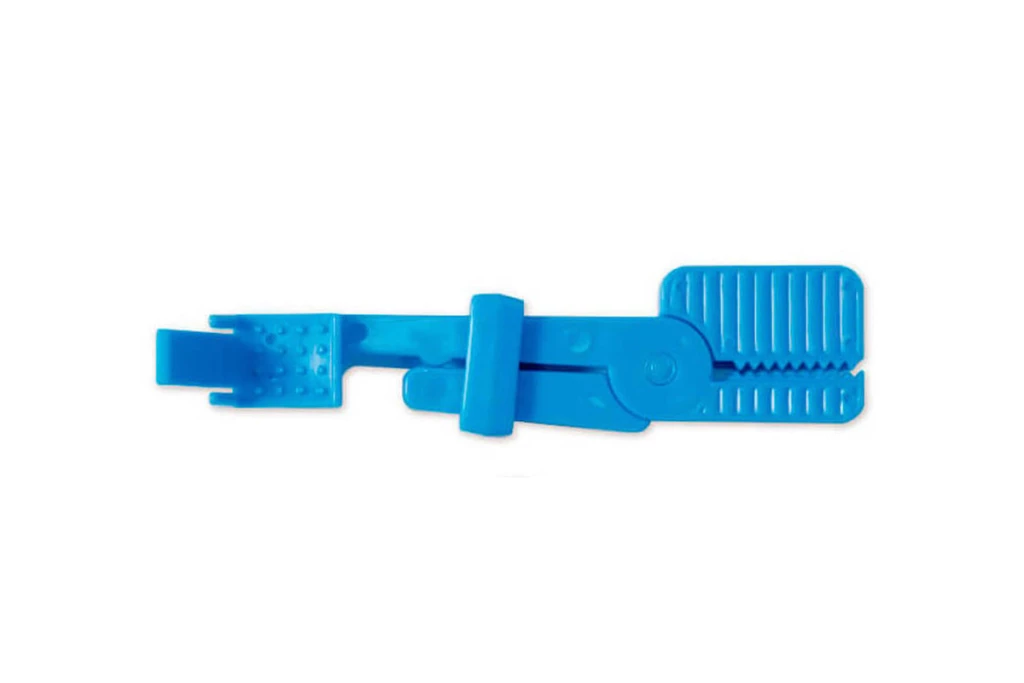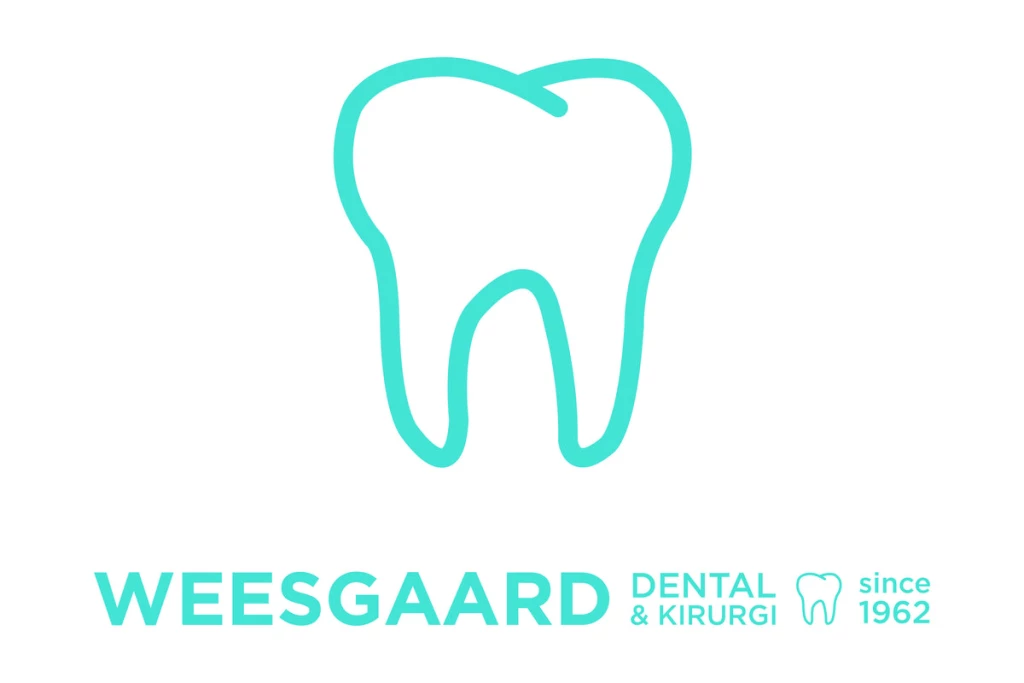

Phosphor plate and x-ray film holder, pack of 1 pc.
Sold out
The item you're interested in is currently out of stock. Explore our catalog for a wide range of similar products
Sold out
The item you're interested in is currently out of stock. Explore our catalog for a wide range of similar products
Description
Common characteristics
When it comes to dental imaging, the choice of equipment can significantly impact the quality of diagnostics. Two essential components in this realm are the phosphor plate and the x-ray film holder. Understanding their common characteristics can help dental professionals make informed decisions. Below are some key features that define both products.
Material Composition
Both phosphor plates and x-ray film holders are designed using durable materials that ensure longevity and reliability. The phosphor plates are typically made from a flexible, lightweight polymer that allows for easy placement within the oral cavity. On the other hand, x-ray film holders are often constructed from rigid plastic or metal, providing stability during imaging procedures.
Compatibility
One of the most significant characteristics of both the phosphor plate and x-ray film holder is their compatibility with various x-ray machines. They are designed to work seamlessly with standard dental x-ray equipment, ensuring that practitioners can easily integrate them into their existing workflows.
Ease of Use
- Phosphor Plates: These plates are user-friendly, allowing for quick positioning and retrieval. Their flexibility means they can conform to the contours of the patient's mouth, making them comfortable to use.
- X-ray Film Holders: Designed for ease of handling, these holders often feature ergonomic designs that facilitate proper positioning of the x-ray film. This minimizes the risk of movement during exposure, leading to clearer images.
Image Quality
Both phosphor plates and x-ray film holders contribute to high-quality imaging. Phosphor plates are known for their ability to capture detailed images with a wide dynamic range, while x-ray film holders ensure that the film remains stable and properly aligned, reducing the chances of blurring or distortion.
Storage and Portability
Both products are designed with portability in mind. Phosphor plates can be easily stored in protective cases to prevent damage, while x-ray film holders are compact and lightweight, making them easy to transport between different treatment rooms or practices.
Cost-Effectiveness
- Phosphor Plates: While the initial investment may be higher, phosphor plates can be reused multiple times, making them a cost-effective option in the long run.
- X-ray Film Holders: These holders are typically sold in packs, providing a cost-effective solution for dental practices that require multiple holders for various procedures.
Hygiene and Safety
Both phosphor plates and x-ray film holders are designed with hygiene in mind. They can be easily cleaned and disinfected between uses, ensuring that dental practices maintain high standards of infection control. Additionally, the materials used are often resistant to chemicals, further enhancing their safety profile.
Conclusion
In summary, the common characteristics of phosphor plates and x-ray film holders highlight their importance in dental imaging. Their material composition, compatibility, ease of use, image quality, portability, cost-effectiveness, and hygiene features make them indispensable tools in modern dental practices.
Indications for the use in dentistry
In the field of dentistry, accurate imaging is crucial for diagnosis and treatment planning. The use of phosphor plates and x-ray film holders has become increasingly popular due to their effectiveness and convenience. Below are the key indications for utilizing a phosphor plate and x-ray film holder, pack of 1 pc., in dental practices.
1. Diagnostic Imaging
Phosphor plates are essential for capturing high-quality diagnostic images. They are particularly useful for:
- Detecting Caries: Phosphor plates provide clear images that help in identifying cavities and decay in teeth.
- Assessing Bone Health: These plates allow for the evaluation of bone levels and conditions such as periodontal disease.
- Identifying Pathologies: They are effective in detecting various oral pathologies, including cysts and tumors.
2. Patient Comfort
Using a phosphor plate and x-ray film holder enhances patient comfort during imaging procedures:
- Reduced Radiation Exposure: Phosphor plates require less radiation compared to traditional film, minimizing patient exposure.
- Flexible Positioning: The holder allows for better positioning of the plate, ensuring a more comfortable experience for the patient.
3. Workflow Efficiency
In a busy dental practice, efficiency is key. The use of phosphor plates and holders contributes to streamlined workflows:
- Quick Image Acquisition: Phosphor plates can be processed quickly, allowing for faster diagnosis and treatment planning.
- Easy Handling: The lightweight and flexible nature of phosphor plates makes them easy to handle and position.
4. Versatility in Imaging
Phosphor plates can be used for various imaging techniques, making them versatile tools in dentistry:
- Intraoral Imaging: Ideal for capturing detailed images of individual teeth and surrounding structures.
- Extraoral Imaging: Can also be used for panoramic and cephalometric imaging when paired with appropriate holders.
5. Cost-Effectiveness
Investing in a phosphor plate and x-ray film holder can be cost-effective for dental practices:
- Durability: Phosphor plates are durable and can be reused multiple times, reducing the need for frequent replacements.
- Lower Film Costs: Unlike traditional x-ray films, phosphor plates do not require ongoing film purchases, leading to long-term savings.
6. Enhanced Image Quality
The quality of images produced by phosphor plates is superior, which is vital for accurate diagnosis:
- High Resolution: Phosphor plates provide high-resolution images that reveal fine details.
- Improved Contrast: The contrast in images helps in better visualization of dental structures.
7. Digital Integration
Phosphor plates can easily integrate with digital systems, enhancing the overall dental practice:
- Seamless Transfer: Images can be quickly transferred to digital systems for storage and analysis.
- Easy Sharing: Digital images can be easily shared with specialists or for patient education.
In summary, the use of a phosphor plate and x-ray film holder, pack of 1 pc., in dentistry is indicated for various reasons, including diagnostic imaging, patient comfort, workflow efficiency, versatility, cost-effectiveness, enhanced image quality, and digital integration. These factors make them invaluable tools in modern dental practices.
Benefits of using in dental practice
In modern dental practice, the choice of imaging technology plays a crucial role in diagnosis and treatment planning. One such advancement is the use of phosphor plates in conjunction with x-ray film holders. Here are the key benefits of incorporating a phosphor plate and x-ray film holder, pack of 1 pc., into your dental practice:
Enhanced Image Quality
Phosphor plates provide superior image quality compared to traditional film. The high sensitivity of these plates allows for clearer and more detailed images, which are essential for accurate diagnosis.
Reduced Radiation Exposure
Using phosphor plates can significantly reduce the amount of radiation exposure for patients. These plates require less radiation to produce high-quality images, making them a safer option for both patients and dental professionals.
Cost-Effective Solution
- Long-lasting: Phosphor plates are durable and can be reused multiple times, reducing the need for frequent replacements.
- Less Waste: Unlike traditional film, which must be disposed of after each use, phosphor plates minimize waste and contribute to a more sustainable practice.
Ease of Use
The x-ray film holder designed for phosphor plates is user-friendly and ensures proper positioning during imaging. This ease of use helps streamline the workflow in a busy dental practice.
Quick Image Processing
Phosphor plates can be scanned quickly, allowing for faster image processing compared to traditional film development. This efficiency can lead to quicker diagnosis and treatment decisions.
Versatility in Imaging
Phosphor plates can be used for various types of dental imaging, including periapical, bitewing, and panoramic views. This versatility makes them an essential tool in any dental practice.
Improved Patient Comfort
Phosphor plates are thinner and more flexible than traditional film, which enhances patient comfort during imaging procedures. This can lead to a more positive experience for patients, especially those who may be anxious about dental visits.
Compatibility with Digital Systems
Phosphor plates can easily integrate with digital imaging systems, allowing for seamless transition and improved workflow in dental practices that are moving towards digital solutions.
Conclusion
Incorporating a phosphor plate and x-ray film holder, pack of 1 pc., into your dental practice offers numerous benefits, including enhanced image quality, reduced radiation exposure, and improved patient comfort. These advantages make it a valuable addition to any dental imaging toolkit.
Sold out
The item you're interested in is currently out of stock. Explore our catalog for a wide range of similar products